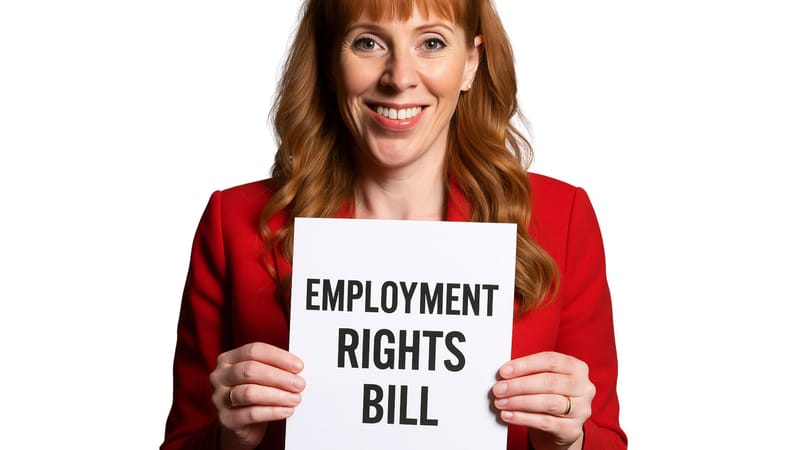The Strategic Power of Loss Leader Pricing

Introduction
Companies in the highly competitive world of business are constantly looking for new ways to attract customers and increase their bottom line. The "Loss Leader" pricing model is one such strategy that has gained popularity over the years. This strategy entails selling a product or service for less than its cost in order to entice customers into a store or onto a website, where they are more likely to purchase additional items with higher profit margins. In this blog, we'll look at the Loss Leader strategy, its benefits, challenges, and real-world examples to demonstrate its effectiveness.
Understanding the Loss Leader Strategy
Customers are drawn to unbeatable bargains, according to the Loss Leader strategy. Companies create a powerful incentive for potential customers to engage with their brand by offering a product or service at a price lower than what it costs the business to produce or acquire. The hope is that once customers enter the store, they will not only buy the loss leader item but also other more profitable items.
loss-leader
- Customer Acquisition: Loss leaders are fantastic tools for bringing in new customers. When people believe they are getting a good deal, they are more likely to buy and become acquainted with the brand.
- Increased Foot Traffic: Loss-leader items in physical retail stores can drive increased foot traffic. This can result in increased visibility and the opportunity to cross-sell and upsell other products.
- Building Customer Loyalty: The sense of value that customers receive from a loss leader can help them develop trust and loyalty. One-time transactions are frequently less profitable than repeat business.
- Competitive Advantage: Using the loss leader strategy can help a company stand out from its competitors. It can make it difficult for competitors to match prices, giving the company an advantage.
Challenges and Risks
While the Loss Leader strategy offers several advantages, it is not without its challenges and risks:
- Profitability Concerns: The most obvious challenge is that selling products at a loss can eat into a company's profitability. To compensate, businesses must rely on additional sales to make up for the loss leader's negative margin.
- Customer Expectations: If customers become accustomed to consistently low prices, they may resist paying higher prices for other products, potentially affecting long-term profitability.
- Inventory Management: Managing inventory for loss leader items can be tricky. Overstocking can lead to losses, while underestimating demand may result in missed opportunities.
- Brand Image: If not executed properly, the loss leader strategy can damage a company's brand image. Customers may view it as a desperate attempt to attract business or question the quality of the products.
Real-World Examples
- Amazon's Prime membership: is a classic loss leader. While the company initially loses money on shipping and content creation, it gains loyal customers who make frequent purchases, ultimately boosting profitability.
- Supermarkets: Many supermarkets offer discounted prices on staple items like milk and eggs, often at a loss. These loss leaders attract shoppers who end up buying more profitable items during their visit.
- Razor Blades: Companies like Gillette often sell razor handles at a low cost or even give them away for free, relying on the continuous need for replacement blades to generate profits.
Conclusion
The Loss Leader pricing strategy is a powerful tool in a company's arsenal to attract and retain customers. When implemented thoughtfully, it can drive customer acquisition, increase sales, and enhance brand loyalty. However, it's essential for businesses to carefully calculate the financial implications and manage the risks associated with selling products or services at a loss. By finding the right balance between loss leaders and profit margins, companies can harness the full potential of this strategy and thrive in the competitive marketplace.





